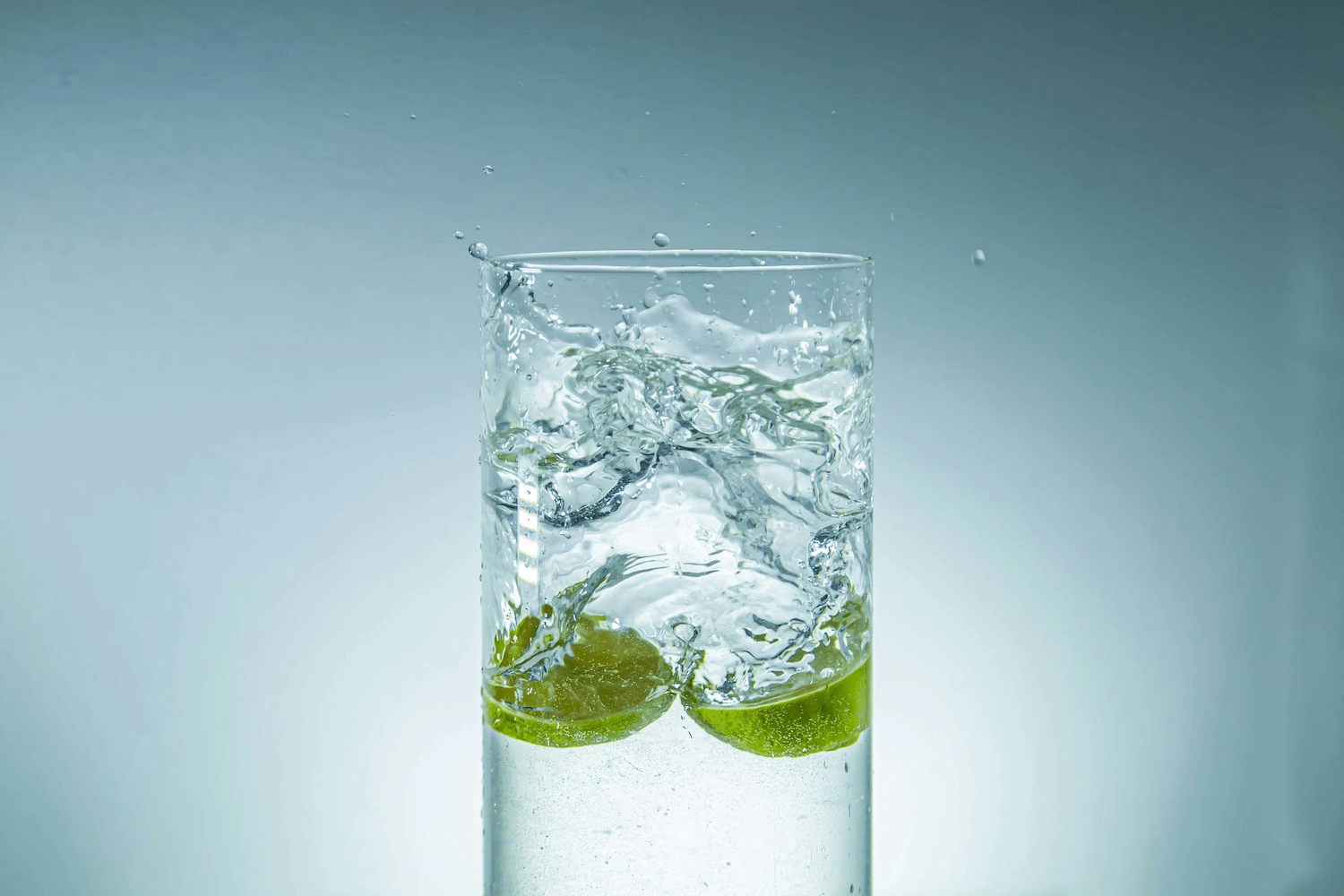Most of us want our drinking water to check a few simple boxes: it should taste fresh, be safe to drink, and not drain our wallets. That’s where a reverse osmosis system comes in.

If you’ve seen the term before but never really looked into it, you’re not alone. The name sounds technical, but the idea is pretty straightforward—and the results are impressive. Let’s walk through what reverse osmosis actually is, how it works, and why it’s become a go-to choice for so many households.
What Exactly Is a Reverse Osmosis System?
At its core, a reverse osmosis (RO) system is a type of water filter that uses a special membrane to strip out contaminants. Think of it as a super-fine screen—so fine, in fact, that it can catch particles much smaller than you could ever see.
The “reverse” part comes from flipping a natural process on its head. Normally, in osmosis, water moves through a membrane from a weaker solution to a stronger one. RO systems push water in the opposite direction, using household water pressure to force it through the membrane. Clean water makes it to your glass; the impurities get flushed away.
How Well Do They Work?
Pretty darn well. A good reverse osmosis system can take out up to 99% of many common contaminants. That includes:
-
Chlorine and other treatment chemicals
-
Heavy metals like lead and mercury
-
Nitrates, sulfates, and dissolved salts
-
Certain bacteria and viruses
-
PFAS (the “forever chemicals” making headlines lately)
Furthermore, more than one filter is involved in the process. Sediment filters, carbon filters, the RO membrane itself, and occasionally a final polishing filter are the stages that make up the majority of RO units. Each step performs a specific function, and when combined, they result in notably cleaner water.
Benefits You’ll Notice in Everyday Life
When people first install a reverse osmosis system, they often expect cleaner water—but they’re surprised by a few other things.
First, there’s the peace of mind. You turn on the tap, fill a glass, and drink without wondering if there’s something in it you shouldn’t be swallowing. It’s a small but real shift—you stop second-guessing your own water.
Then there’s taste. If you’ve been living with chlorinated tap water, the difference is immediate. The odd “swimming pool” scent disappears, and the water just tastes… cleaner. Even coffee or tea brewed with RO water seems smoother.
Money savings creep up on you too. It’s not like you get a giant check in the mail, but you stop hauling home cases of bottled water every week. After a few months, that’s money you didn’t spend—and you notice it.
On top of that, you’re cutting down on plastic waste. No empty bottles piling up in the recycling bin, and fewer in the trash. It’s one of those quiet environmental wins that feels good without you having to think about it every day.
And finally, you end up using the water for more than drinking. Cooking pasta? RO water. Watering a finicky houseplant? RO water. You realize you’re using it in all sorts of ways because it’s just there, ready to go, whenever you want it.
Not Just Effective—Convenient Too
If the idea of maintenance makes you hesitant, here’s the good news: modern RO systems are easy to live with. They usually fit under the kitchen sink and come with their own dedicated faucet.
Filter changes? Most homeowners can handle them in minutes—no special tools, no calling a plumber. Depending on your water quality, you might only need to swap out filters once or twice a year.
Questions People Often Ask
Does RO strip out healthy minerals?
Yes, it removes most dissolved minerals along with contaminants. For most people eating a balanced diet, this isn’t a problem. Some systems even add minerals back for taste.
Is there a lot of water waste?
Older RO units did waste more water, but newer designs are far more efficient.
Does it get rid of everything?
RO is one of the most comprehensive techniques you can use at home, but no system can completely eliminate all pollutants.
The VIVA21 Reverse Osmosis System's Unique Features
The filter United's VIVA21 system simplifies everything that makes RO great. It integrates several filtration phases into a small, under-sink device, giving you:
- Removal of many contaminants, including PFAS
- A better-tasting, cleaner supply at your fingertips
- Easy and fast filter changes
- Long-lasting design for many years of use
Wrapping It Up
There is more to a reverse osmosis system than just another water filter. Every household can benefit from having control over the ingredients in their drinking water.
You get more than just purified water when you use VIVA21. You're saving money, gaining peace of mind, and making a tiny but significant contribution to the fight against plastic waste. That combination is difficult to beat for a lot of families.





